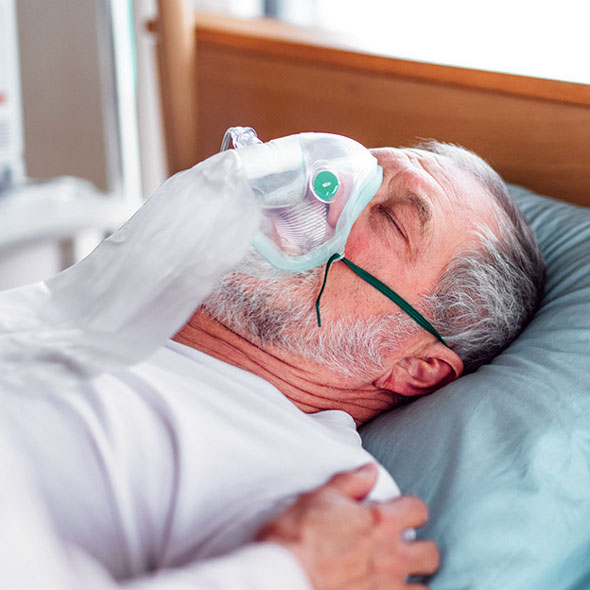
Pressure-relieving dressings or cushions used on COVID-19-patients running fevers should allow for the release of heat to promote an ideal microclimate.
In one large study, nearly 80% of patients being treated for serious COVID-19 cases developed a fever, and many of those also required breathing masks or mechanical ventilation and prophylactic dressings to reduce the risk of pressure ulcers. “Accumulated heat at the skin-dressing interface may promote intense perspiration, which then creates over-hydration conditions under the [pressure ulcer] prevention dressing (and) may adversely contribute to the PU risk or exacerbate any existing tissue damage,” Amit Gefen, Ph.D., a biomedical engineering professor at Tel Aviv University, wrote in August’s Journal of Wound Care.
Increased moisture can damage the skin’s keratinocyte layer, leading to skin collagen dissolution and maceration.
Gefen explained that thermal conductivity properties vary “substantially” between material types, depending on the structure and composition. In foam dressings, for example, variation may be due to the amount of air present within the foam structures, acting as conductors or insulators depending on how densely they are packed. “Work on thermal properties of dressings and other equipment including [personal protective equipment] has become more relevant than ever,” he wrote.
From the October 2020 Issue of McKnight's Long-Term Care News




